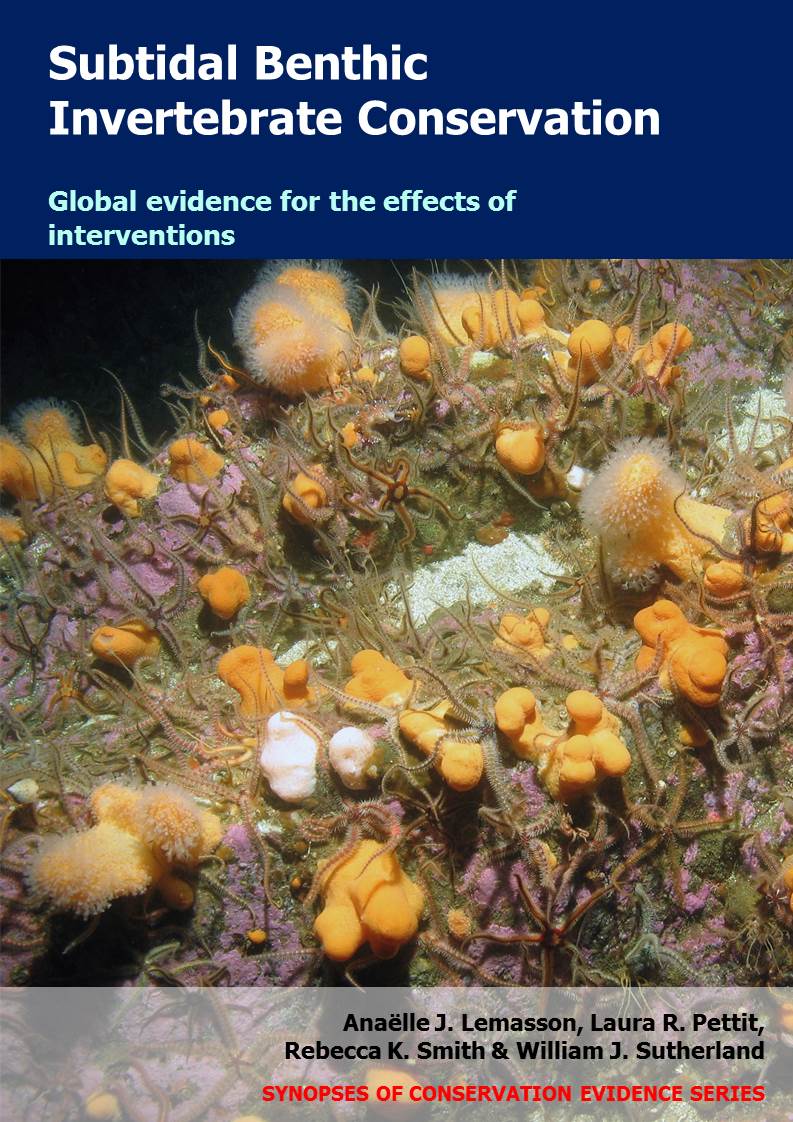Fit one or more soft, semi-rigid, or rigid grids or frames to trawl nets and use square mesh instead of a diamond mesh at the codend
-
Overall effectiveness category Unknown effectiveness (limited evidence)
-
Number of studies: 1
View assessment score
Hide assessment score
How is the evidence assessed?
-
Effectiveness
70% -
Certainty
20% -
Harms
0%
Study locations
Supporting evidence from individual studies
A replicated, paired, controlled study in 2012 in the Gulf of St Vincent, off the coast of South Australia (Gorman & Dixon 2015) found that trawl nets fitted with a rigid U-shaped grid (“bycatch reduction device”) and a square-oriented mesh codend resulted in lower catch rates of three dominant groups of unwanted invertebrate catch species, compared to unmodified nets. Compared to unmodified nets, the modified nets led to a 92% decrease in catch rate (kg/h) of sponges, 78–82% decrease in catch rate of crabs and other crustaceans, and a 61% decrease in catch rate of molluscs (excluding commercially valuable species of octopus, squid and cuttlefish; raw data not provided). A 15% decrease in catch rates of the commercially targeted western king prawn Penaeus latisulcatus was recorded due to reduced catch of less valuable smaller-sized prawns. In May 2012, unwanted catch of invertebrates in modified and unmodified nets were compared (see paper for details). Nets were deployed by four vessels during 29 paired hauls for 30 min (one modified; one unmodified; side-by-side simultaneously). All invertebrates were identified, sorted as commercial prawn catch or unwanted catch, and weighed.
Study and other actions tested
Where has this evidence come from?
List of journals searched by synopsis
All the journals searched for all synopses
This Action forms part of the Action Synopsis:
Subtidal Benthic Invertebrate Conservation





)_2023.JPG)














